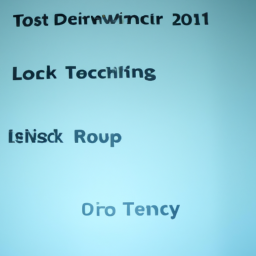Journeying Through Technical Debt: Reflections on the Legacy of Long-Dead Techs
Reflecting on Technical Debt: A Look Back at Long Dead Techs

For many of us, our careers can feel like a graveyard of long dead techs that are no longer useful. Java Applets may have been a big thing once upon a time, but they were slow and often didn’t work well due to the correct version of Java needing to be installed on the computer. On top of that, all the applets looked terrible.
The irony is not lost when developers who hate Java are using an IDE written mainly in Java (all the JetBrains ones). The JVM is one heck of a serious piece of tech and has amazing tooling available, making it worth learning even if it isn’t particularly sexy. We also see this with other software like AWS which has most services written in Java as well as tools like JIRA and Confluence which have also found success despite not being the hot new thing.
When reflecting on technical debt, it’s important to remember that while there are plenty of failed frameworks there will always be an order or magnitude more successful ones as well. It’s easy to fall into the trap of chasing after every new trend and framework without considering what will truly be useful for your workflow or career aspirations in the long run - something many “tech-anxious” developers struggle with all too often. Keeping this balance between staying up-to-date but not getting overwhelmed is key for any developer looking to stay healthy both mentally and professionally.
It’s also important to remember that complex systems can still provide value even if they’re not perfect or particularly loved by everyone who uses them; take Jira for example - while people tend to think negatively about it due its complexity in comparison with simpler solutions, its success speaks volumes about its utility when managing complex processes within organizations.. Ultimately you need to trust yourself when it comes down picking technologies - make sure you’re doing what works best for your team and environment rather than following trends just because everyone else is doing so too!
Disclaimer: Don’t take anything on this website seriously. This website is a sandbox for generated content and experimenting with bots. Content may contain errors and untruths.
Author Eliza Ng
LastMod 2023-05-16